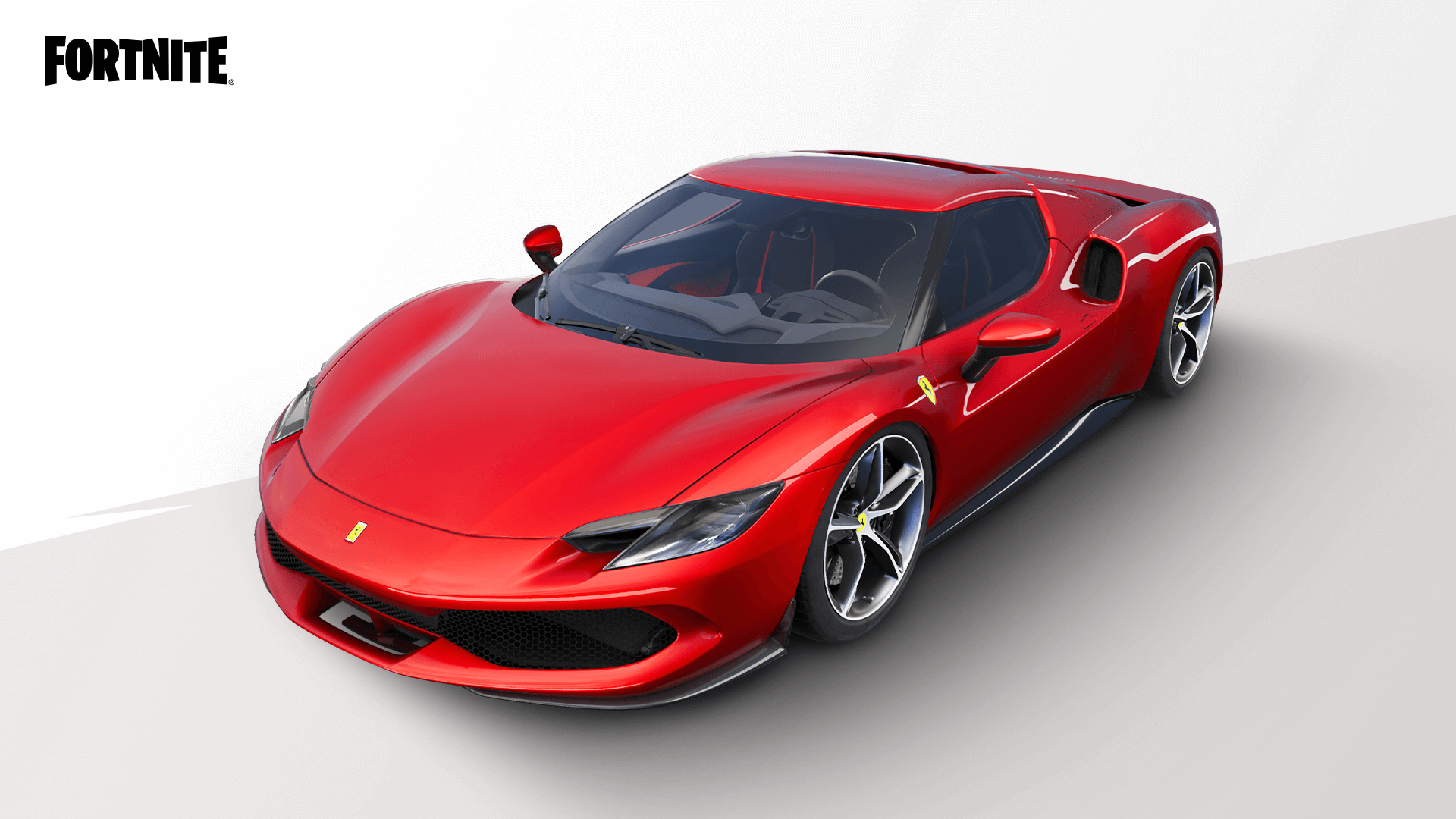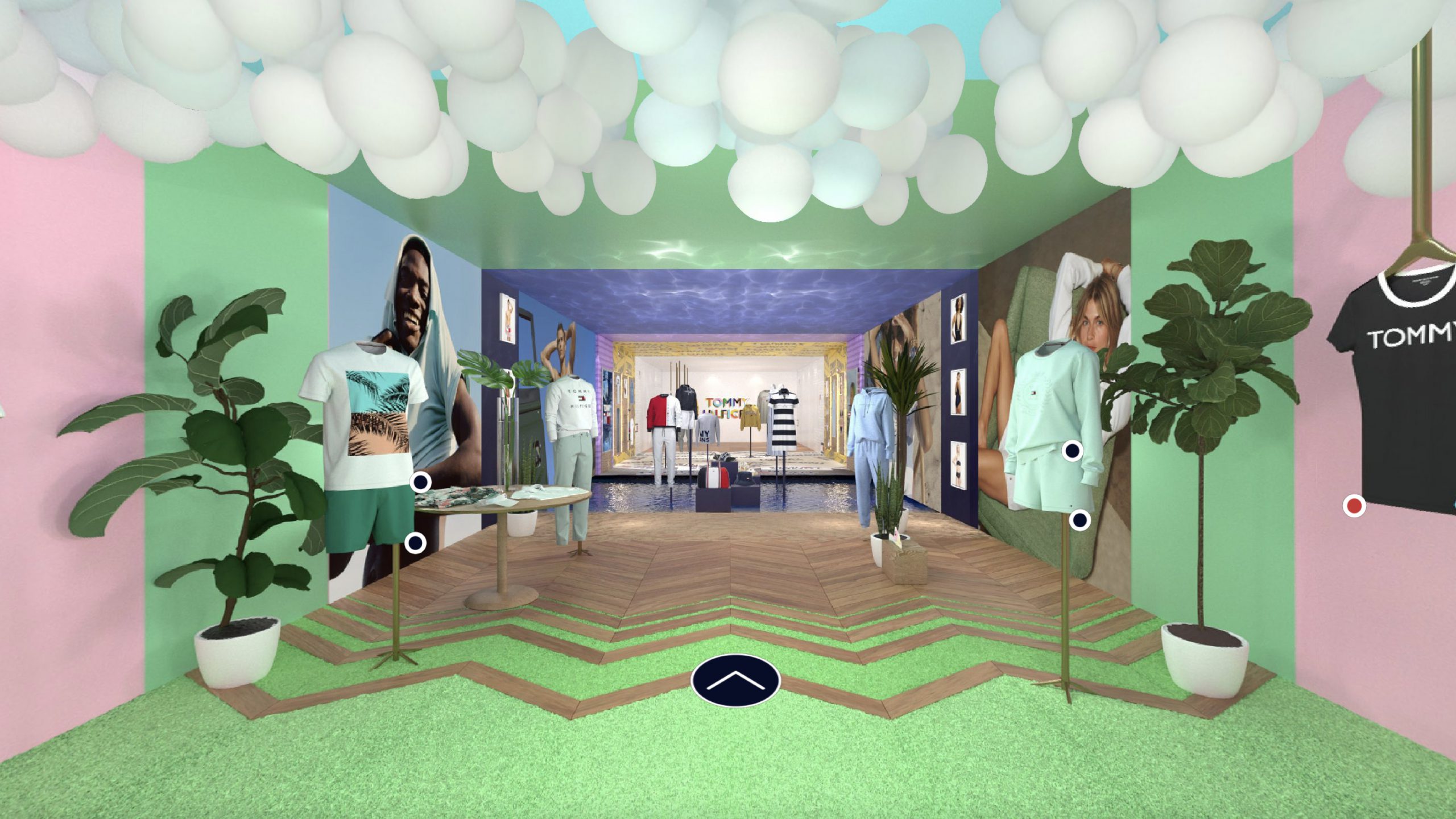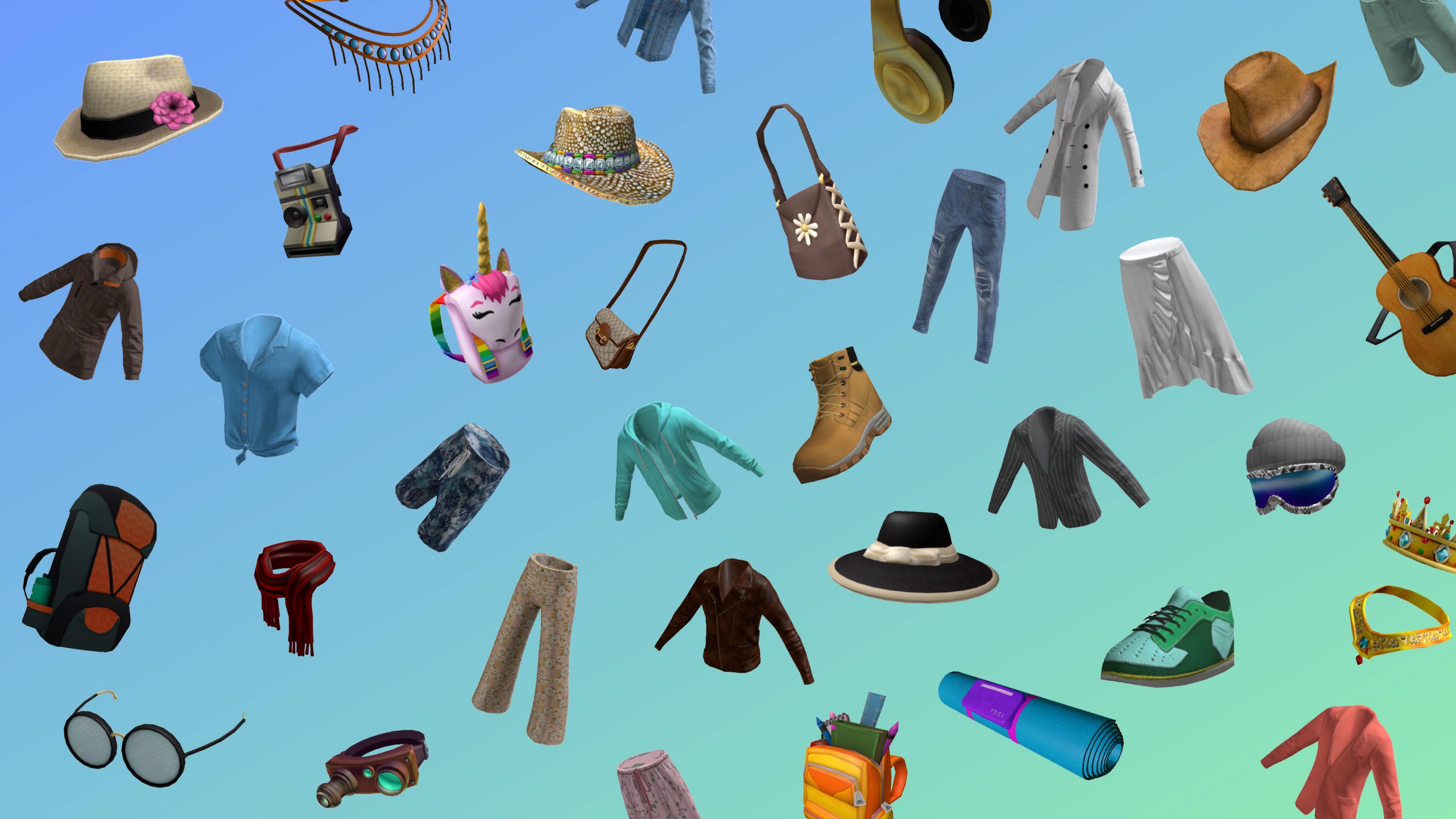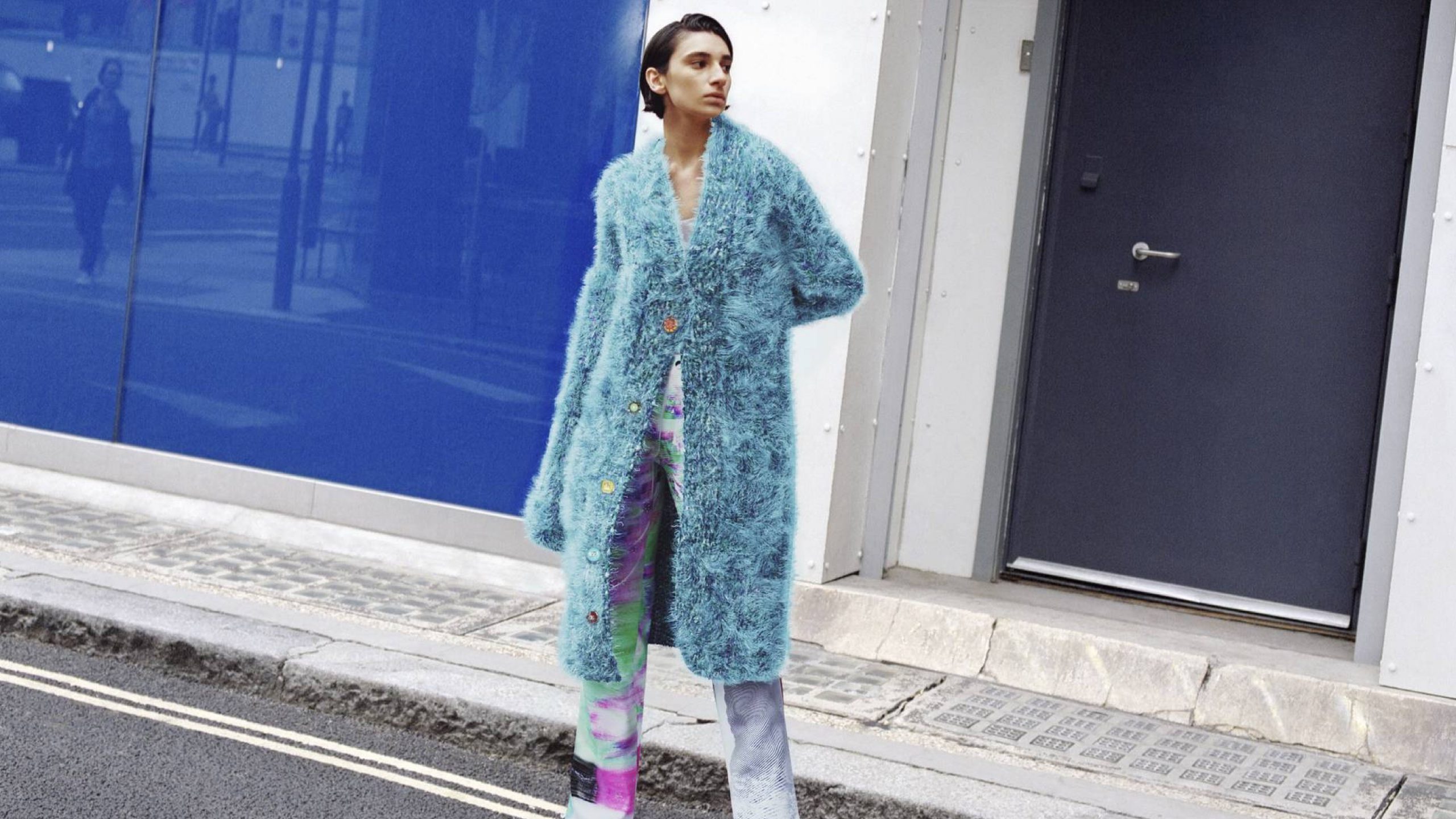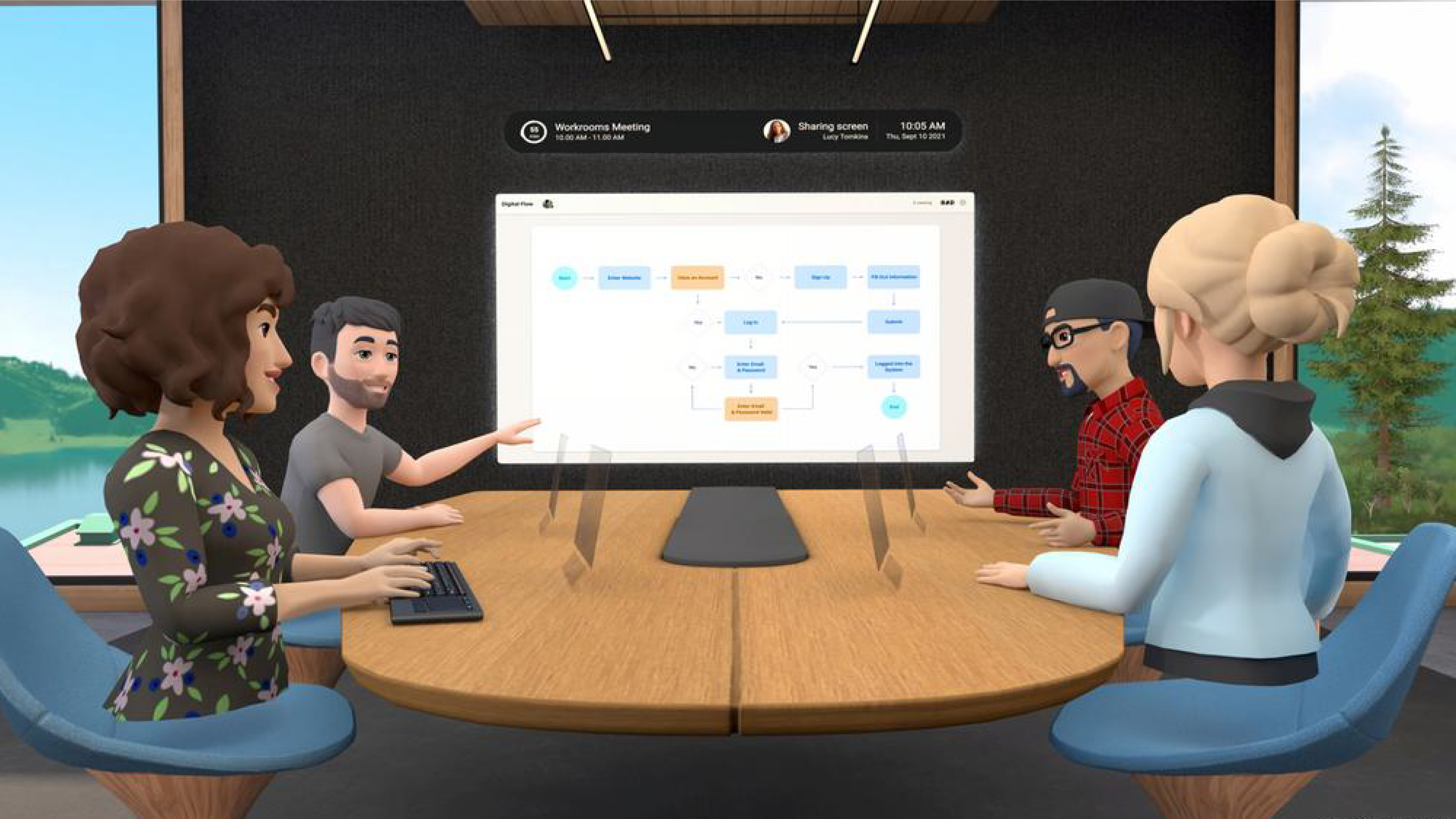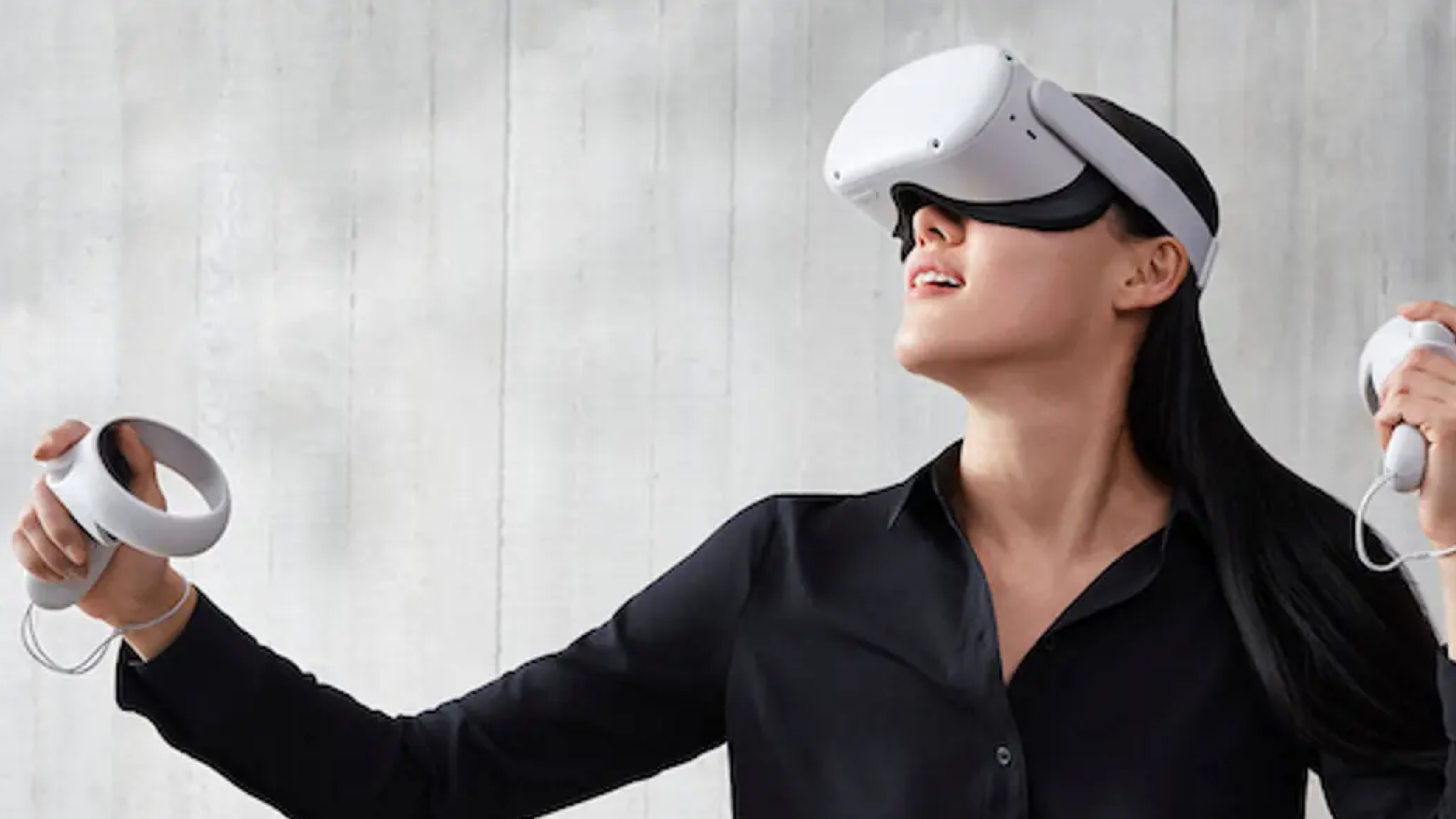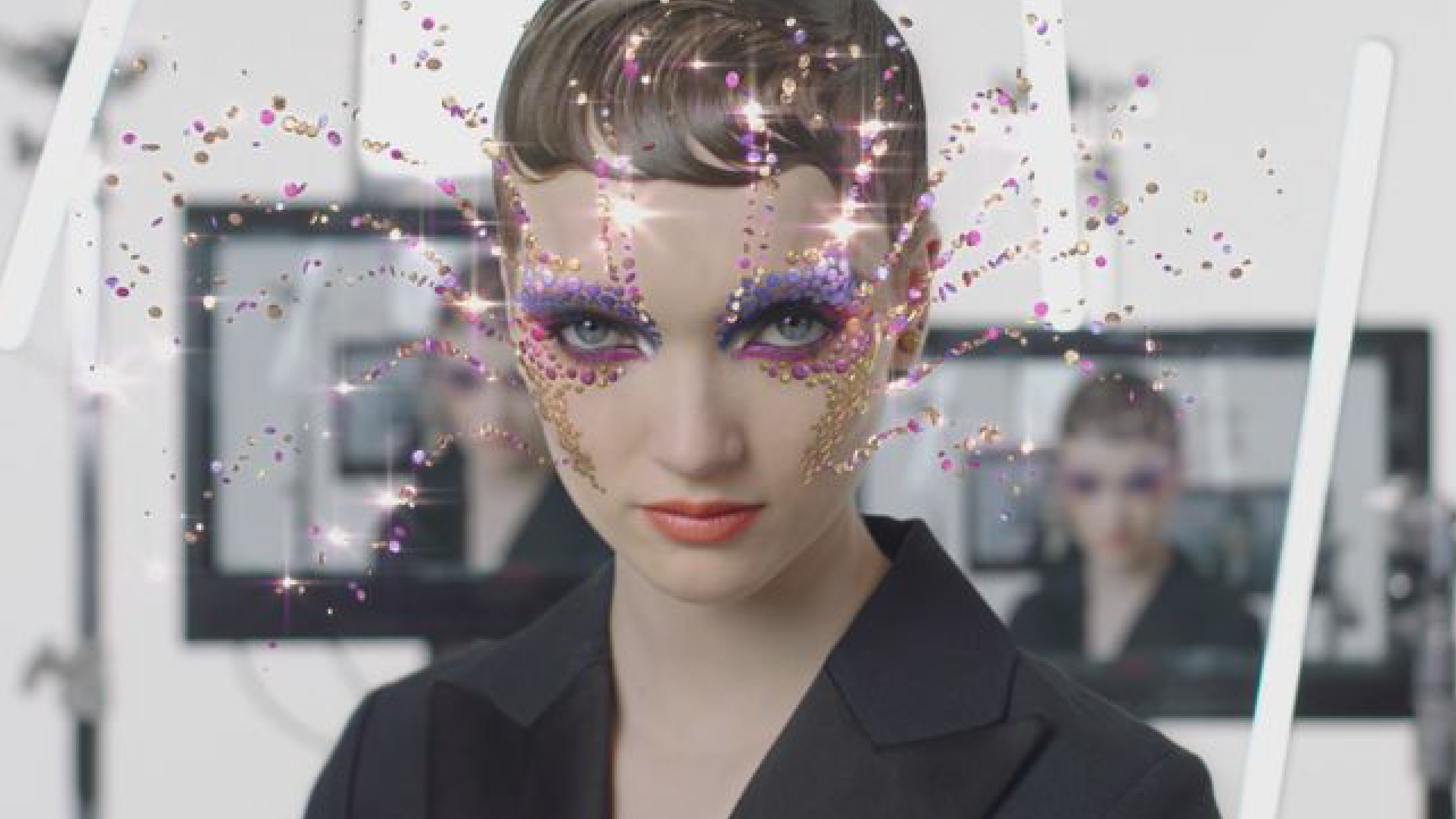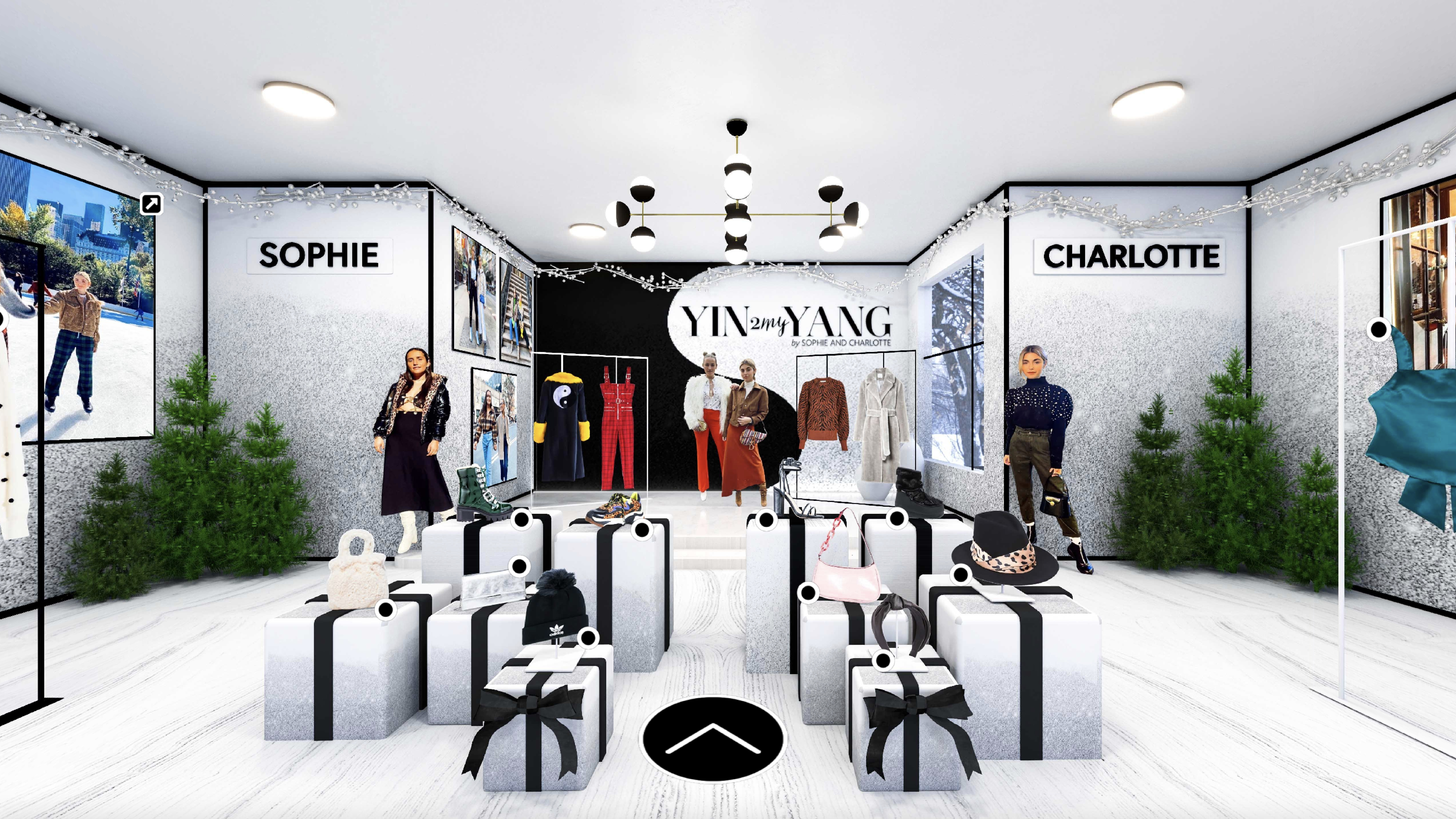Fortnite is one of the world’s most popular games, with 350 million monthly active users. Fortnite Creative is the open-source mode of Fortnite where anyone can develop and publish their own islands, creative hubs, or maps to share experiences with other users. Fifty percent of Fortnite players spend their time exploring virtual worlds in Creative, either self-created or created by others. Demographically, 18 to 24-year-olds make up 63% of all players, while 25 to 34-year-olds make up 23%. The game remains predominantly male with women comprising only 28% of users worldwide. Monetization is largely based on identity—how one chooses to portray oneself via skins and avatars. The game’s popularity and higher-quality graphics lend themselves to brands who want to leverage the platform to build brand awareness. While Fortnite Creative is open to any user, many brands are working directly with Epic Games—Fortnite’s parent company—to create limited-edition branded events and digital avatar merchandise for users to enjoy exclusively through Fortnite. Currently, Fortnite requires collaboration with Epic Games to create branded skins.
How Brands are Appearing on Fortnite
1.) Balenciaga Stranger Times
One example of this collaboration was Balenciaga’s first Fortnite collection and Creative experience: “Balenciaga Stranger Times”. In the experience, a virtual Balenciaga store sits in the middle of a ‘strange’ city. Players can purchase Balenciaga skins and other items such as a virtual Balenciaga backpack, virtual Triple S Sneakers, and an Hourglass Bag Glider for their Fortnite avatar to use in the game. Players have the opportunity to engage in a competitive quest to find 40 Triple S Sneakers. Balenciaga also released a physical limited-edition collection in collaboration with Fortnite consisting of hoodies, shirts, jackets, and caps adorned with Fortnite and Balenciaga logos.
2.) Moncler Skins
Moncler also collaborated with Epic Games to produce 2 Moncler skins for Fortnite avatars: the Andre and the Renee. The skins were inspired by the 6 Moncler 1017 Alyx 9SM collection designed by Matthew Williams. The two skins are reactive to the environment and change color from white to black as a user ascends or descends in altitude. When a user runs up a mountain and reaches a higher altitude the skin changes accordingly from light to dark. Also included is a selection of accessories to complete a user’s look from the Umbra-tube Back Bling to the Para-pluie Glider.
3.) Travis Scott’s Fortnite concert
Fortnite lends itself to a variety of creative strategies with revenue potential. Many artists have used Fortnite to host live concerts as part of ‘Fortnite Live’ events and have achieved impressive results. Travis Scott’s “Astronomical” concert was one of the biggest ‘Fortnite Live’ events reaching over 27.7 million unique users and 12.3 million concurrent users. Though the concert was a free event, it grossed $20 million in sales when accounting for merchandise sales. In comparison, Travis Scott’s biggest in-person show grossed a mere $1.7 million. Brands and artists alike are capitalizing on the revenue potential of Fortnite metaverse experiences like these and can take inspiration when creating their own experiences.
4.) Fortnite X Jumpman
Nike translated its famous, exclusive sneaker drop to the gaming sphere. Nike partnered with Fortnite to release a collection of skins inspired by its iconic Air Force 1 shoe line. According to Bloomberg, skins such as these are typically priced between $13 and $18. While the brands have not disclosed how the revenue was shared, strategies like these allow huge brands like Nike to build brand awareness among a younger, Gen Z and Gen Alpha demographic of consumers that will have future spending power. Nike’s Fornite skins allow younger generations to engage with a classic shoe such as the Air Force 1.
5.) Ferrari
Brands have been able to collaborate with Fortnite in ways beyond offering branded skins to Fortnite users. Ferrari, for example, unveiled its collaboration in which users could test drive the recently released 296 GTB Ferrari supercar. Users got the chance to complete in time trials using the car as well as drive the Ferrari in Fortnite’s main “Battle Royale” game mode. While this collaboration was a bit unexpected by Fortnite’s audience, it’s an excellent example of a creative way to apply a brand to the Fortnite metaverse.
6.) TIME Magazine: March Through Time
Another unexpected brand collaboration with Fortnite was TIME’s “March Through Time” experience. In anticipation of Martin Luther King Day in January 2022, TIME worked with Fortnite to develop an interactive and educational experience commemorating the life and work of Dr. Martin Luther King Jr. The experience brings users through a reimagined 1963 Washington D.C. and includes educational points of interest and quests that can be completed cooperatively. Completing all the in-game quests unlocks a limited edition collectible item.
7.) Kaws and Serpentine: NEW FICTION
World-renowned contemporary artist, KAWS and art gallery Serpentine introduced a unique collaboration with Fortnite. The artist who has been known to frequently collaborate with other artists and mediums unveiled his collaboration entitled “NEW FICTION” which has simultaneously opened as an art exhibition offline in the physical Serpentine galleries. This first-of-its-kind experience blends the real world with the virtual world. The experience features paintings and sculptures on both physical and virtual channels, engaging users in a deeper and more meaningful way. This Fortnite experience marks the first time a real-world art gallery was recreated in-game.
Build Your Brand World on Fortnite
Are you considering building your own brand world on Fortnite to grow your brand value and awareness? The Obsess Metaverse Platform enables brands to serve a highly customized, branded virtual store across metaverse platforms, including Fortnite. We offer a one-stop-shop to create a virtual world that can be translated across different metaverse platforms. Learn more about how your brand can enter the metaverse and create your branded virtual world across all platforms with Obsess.




